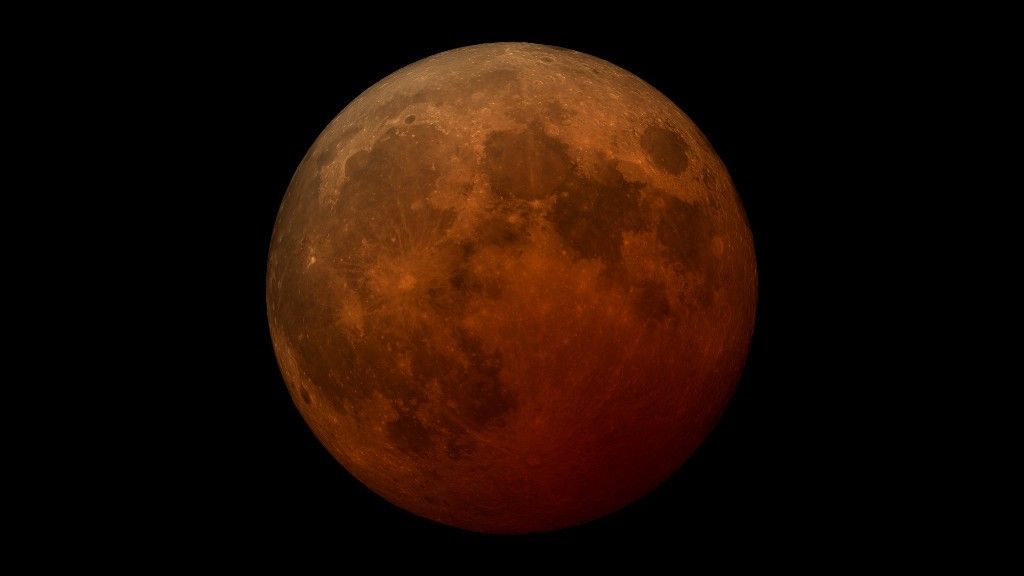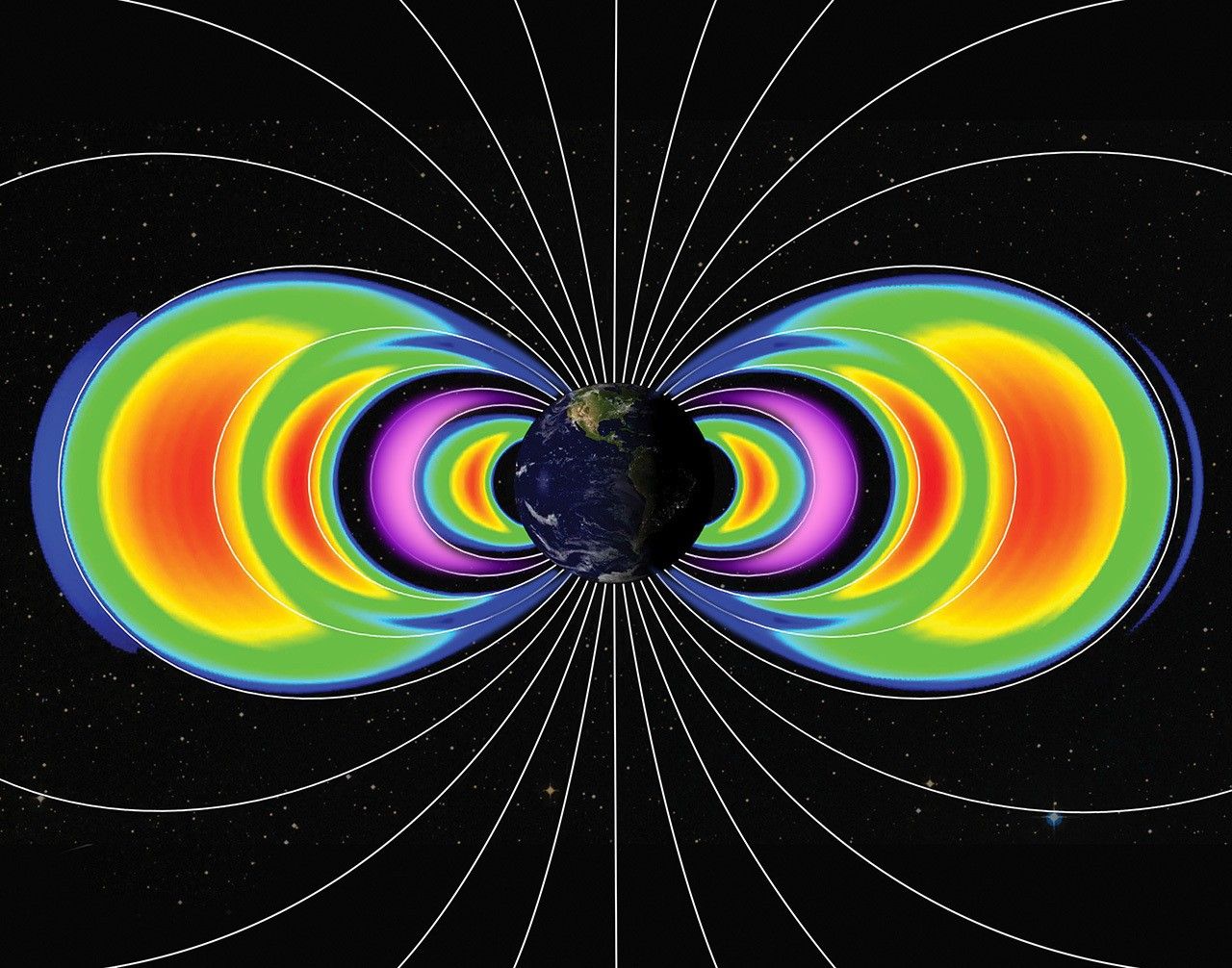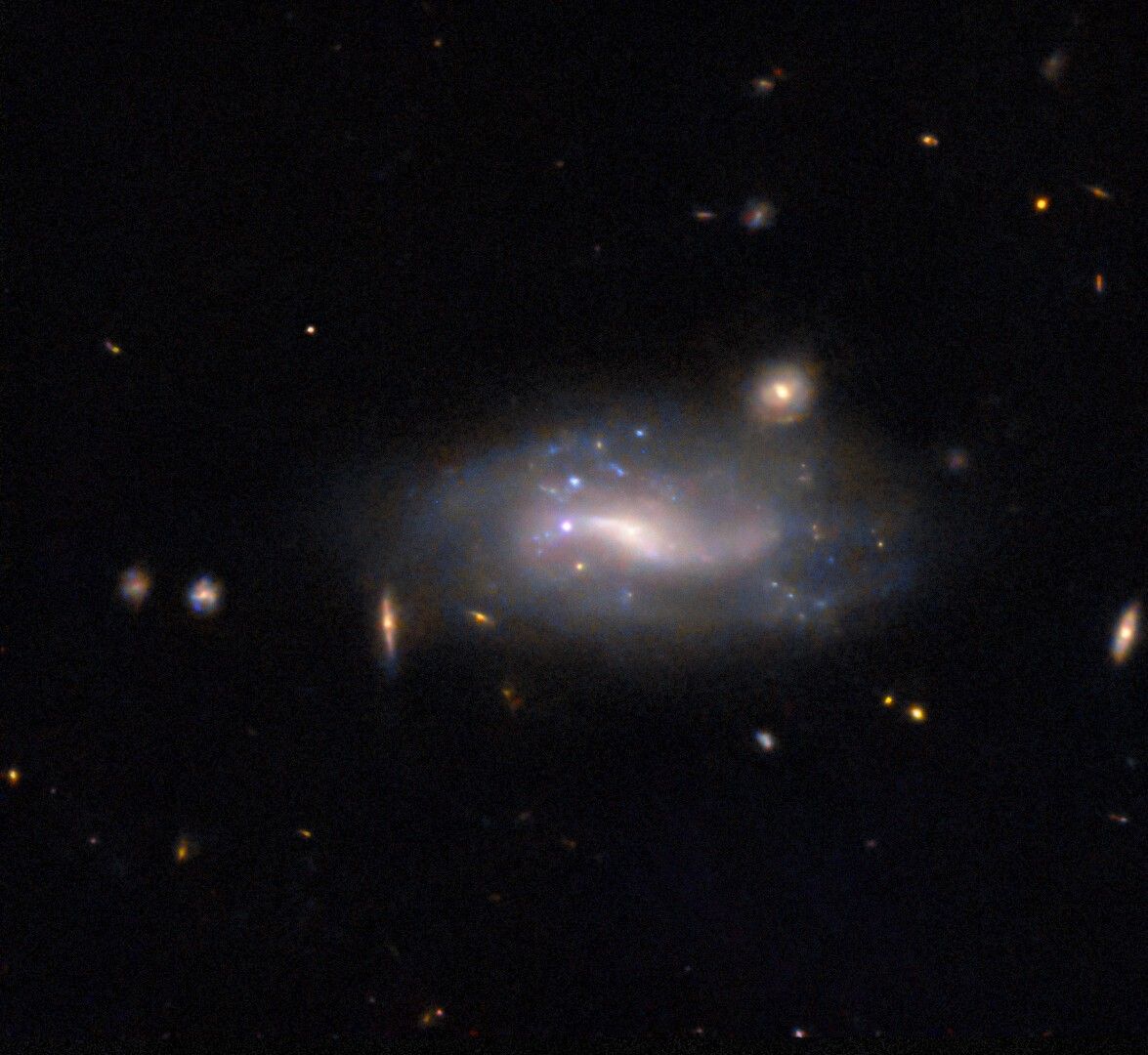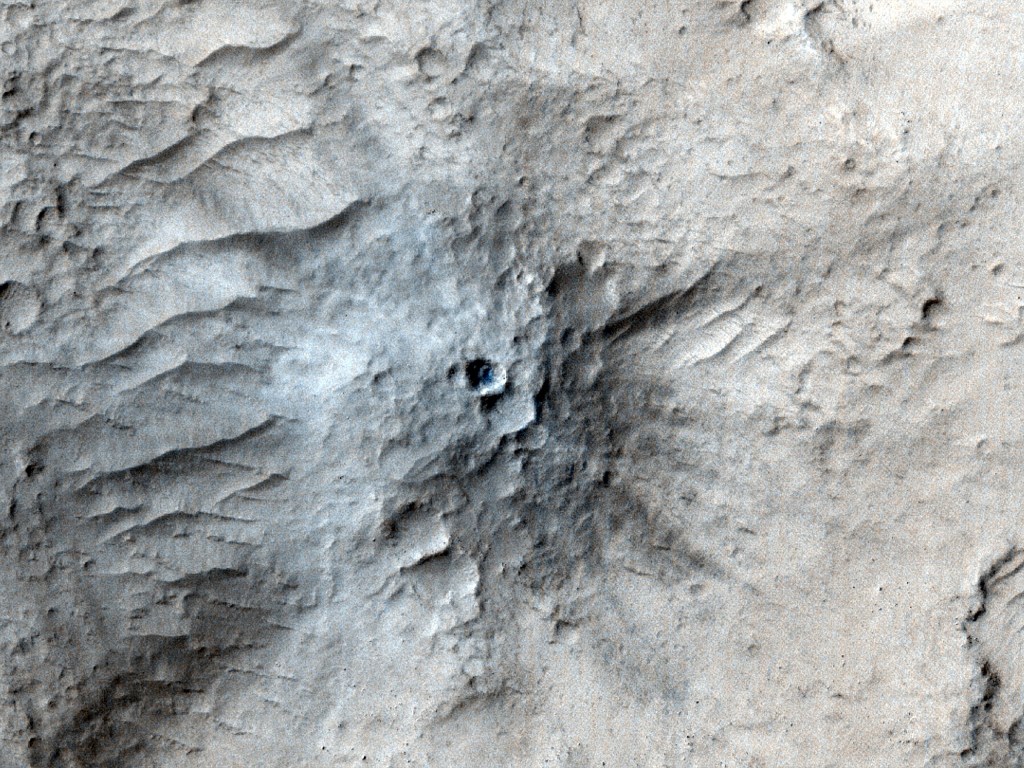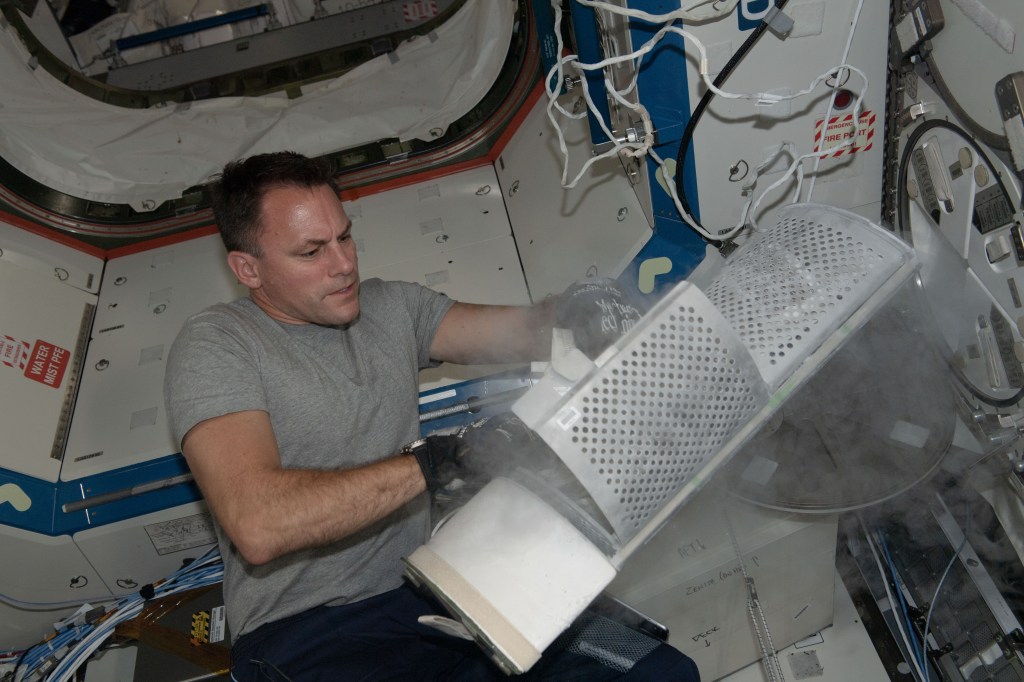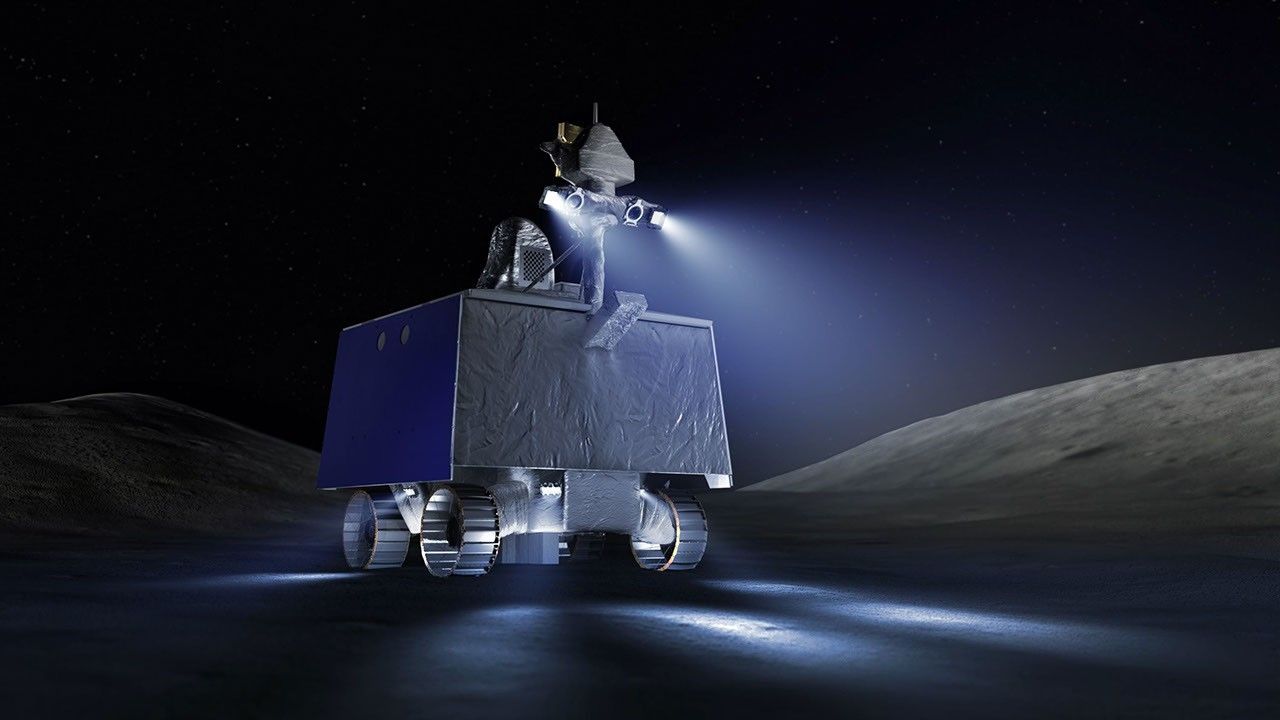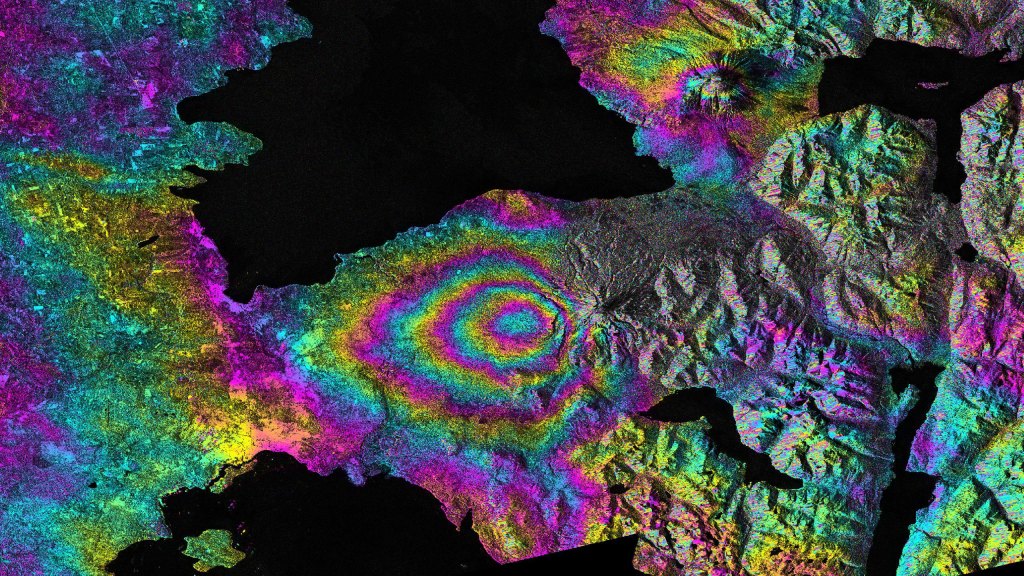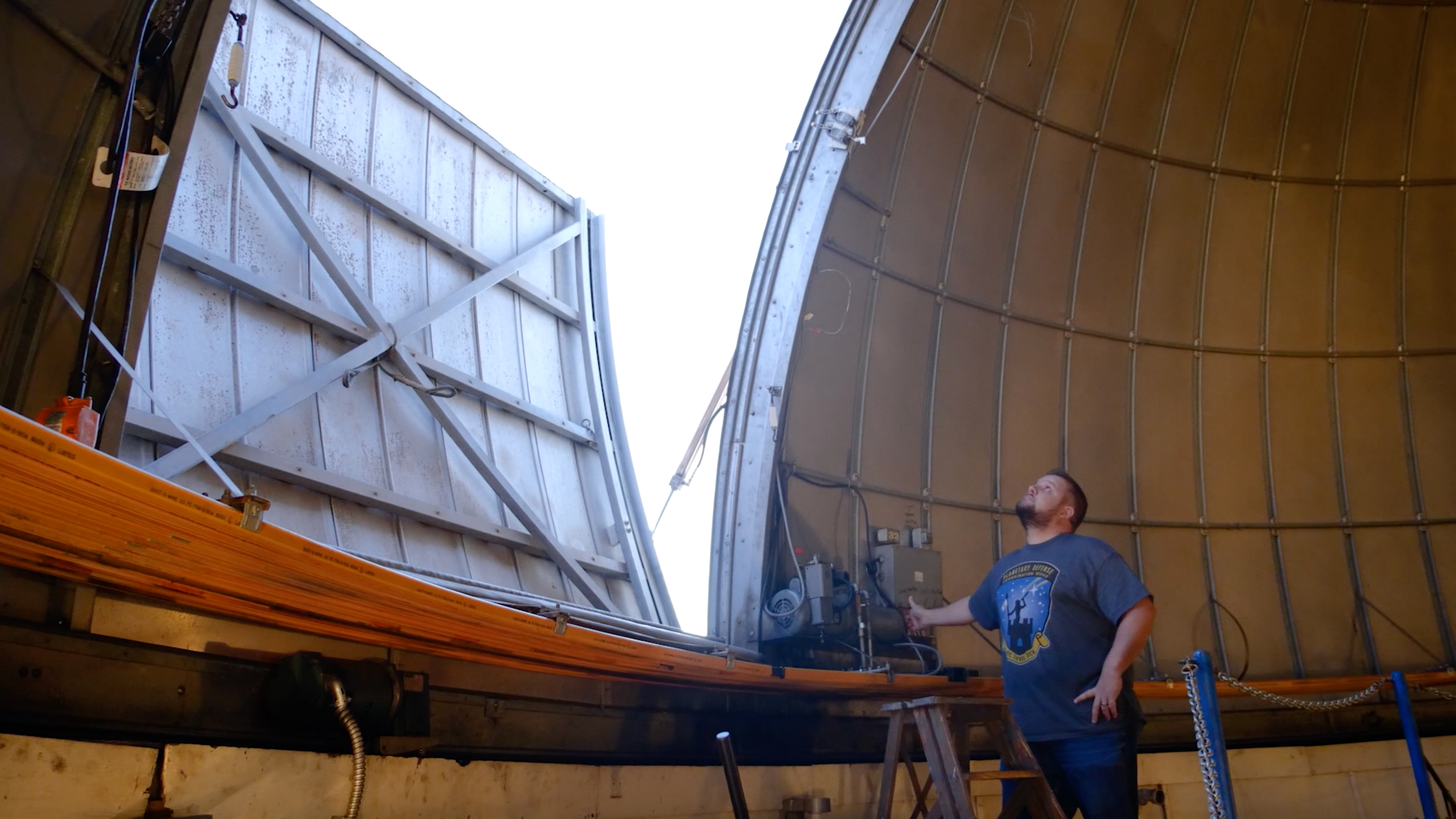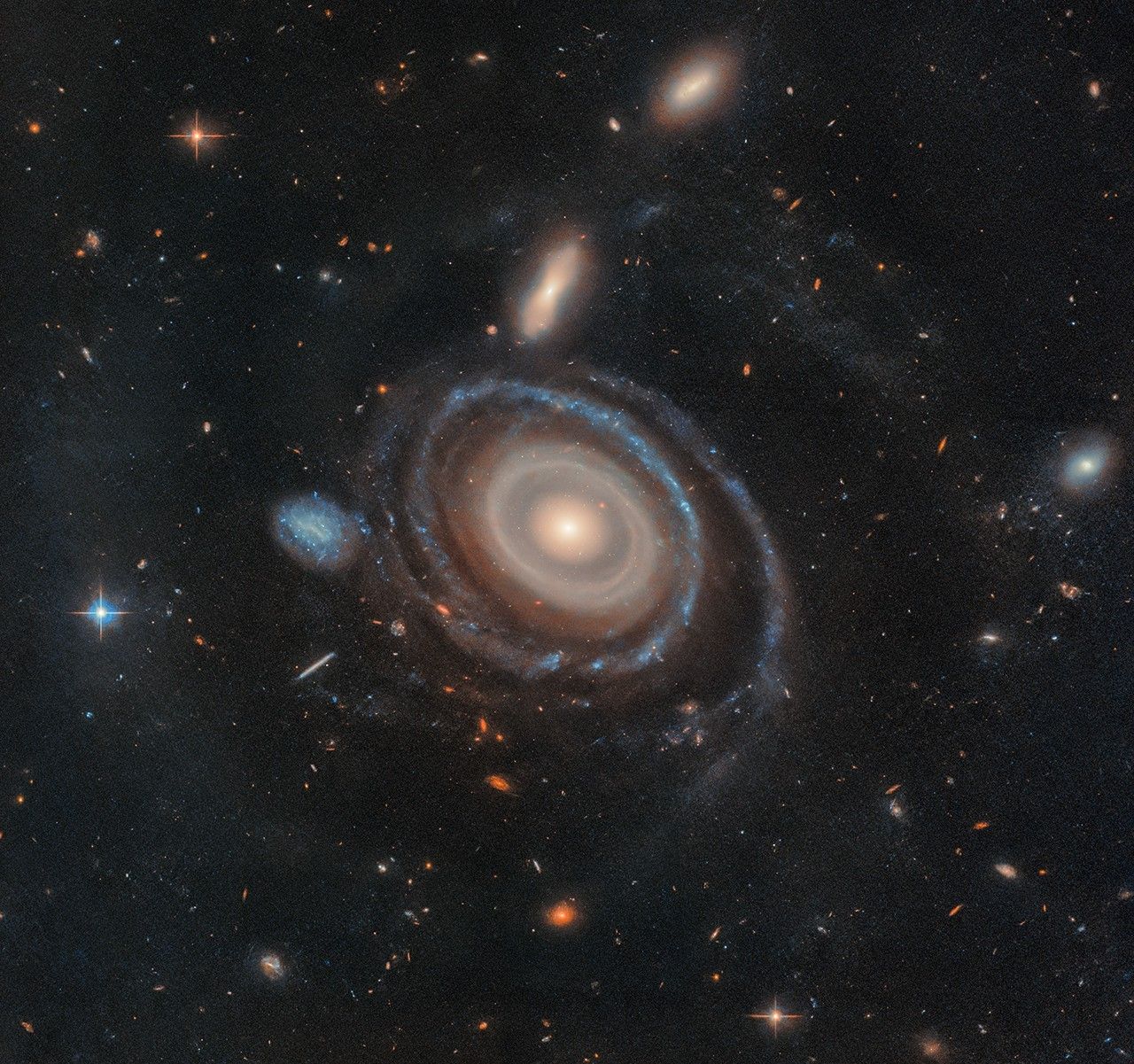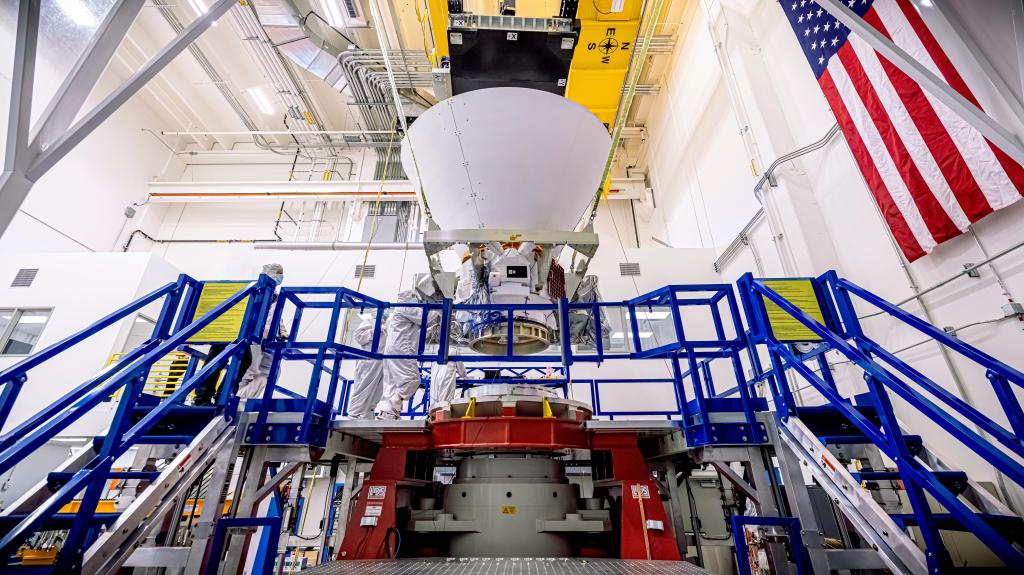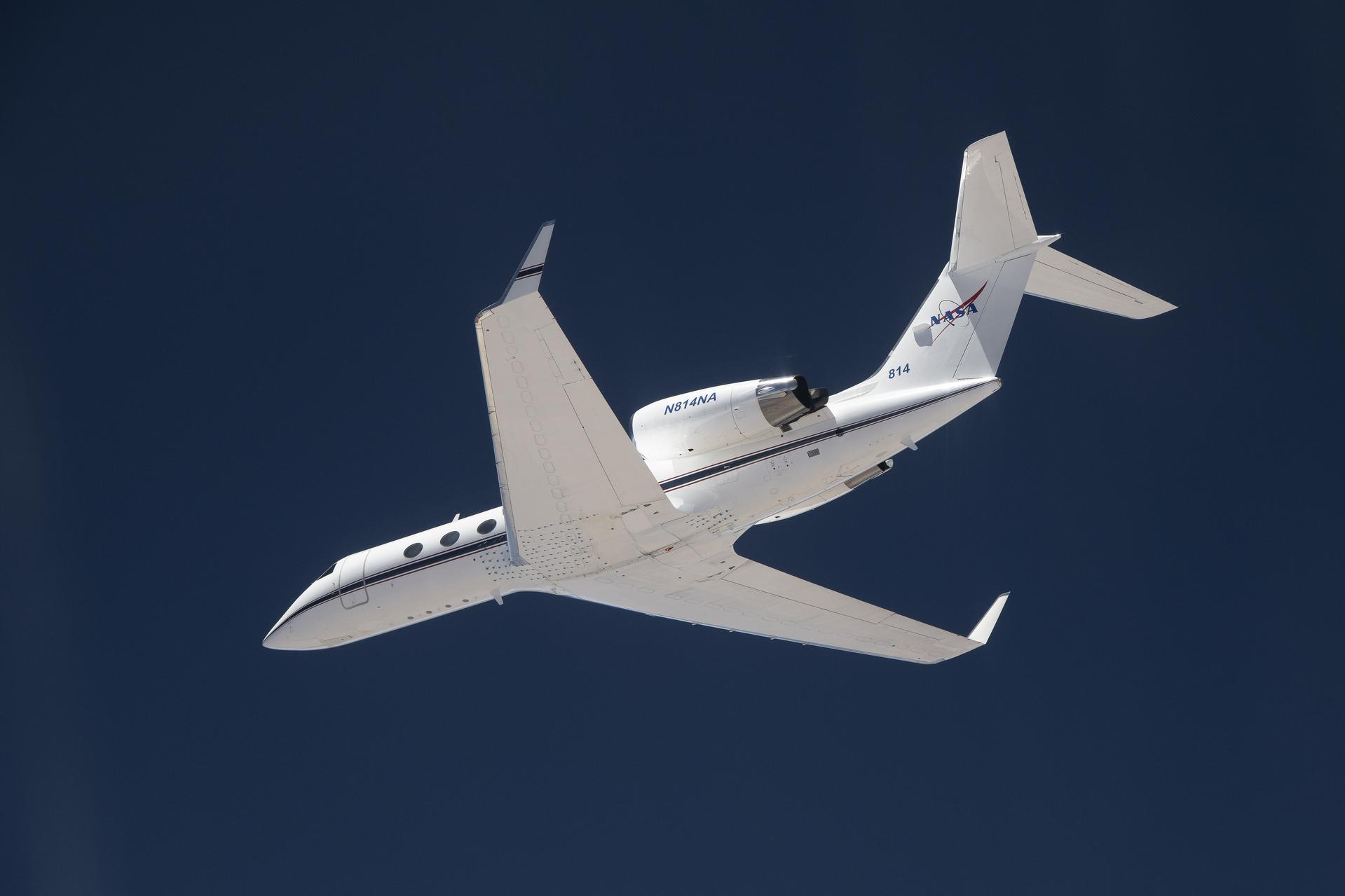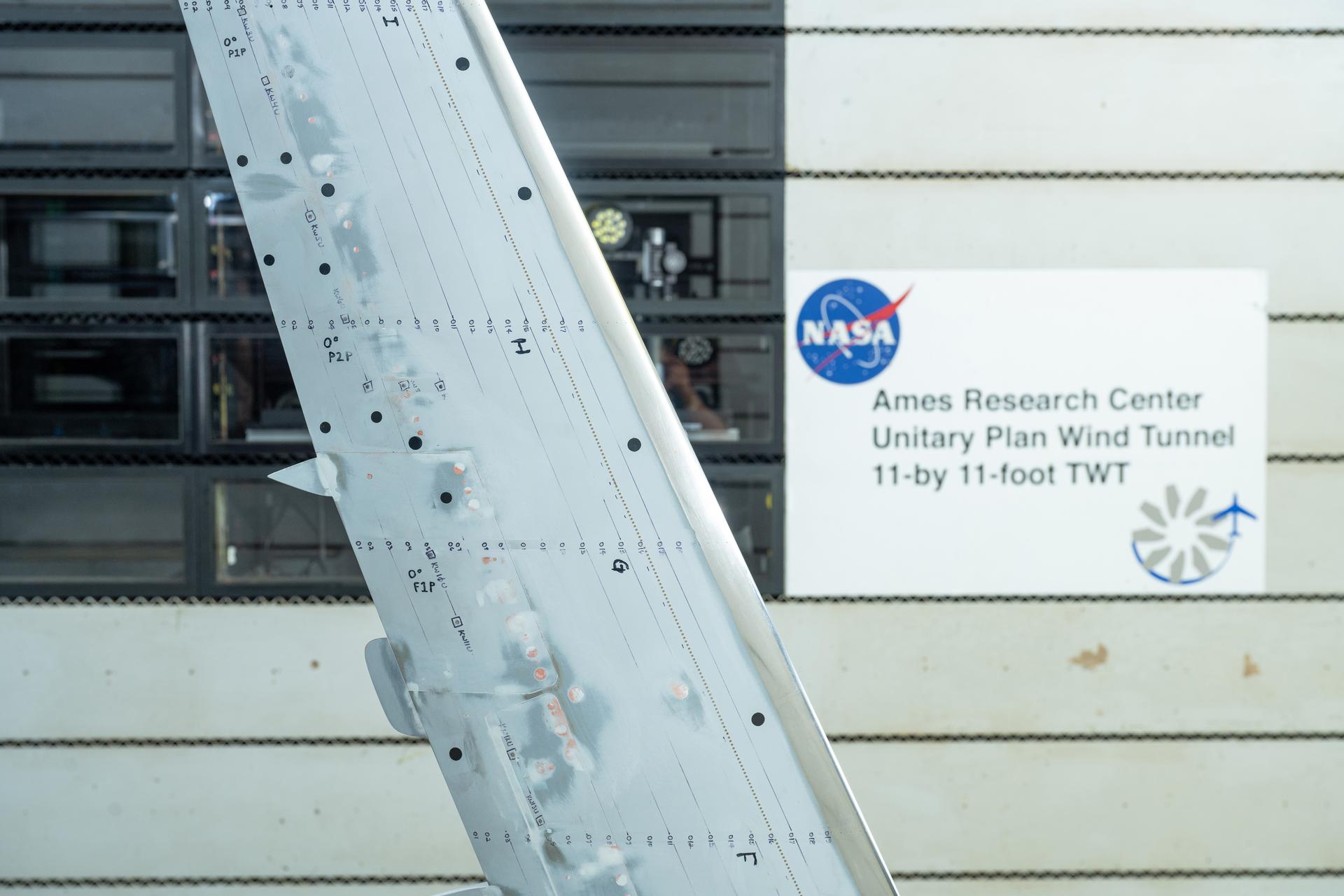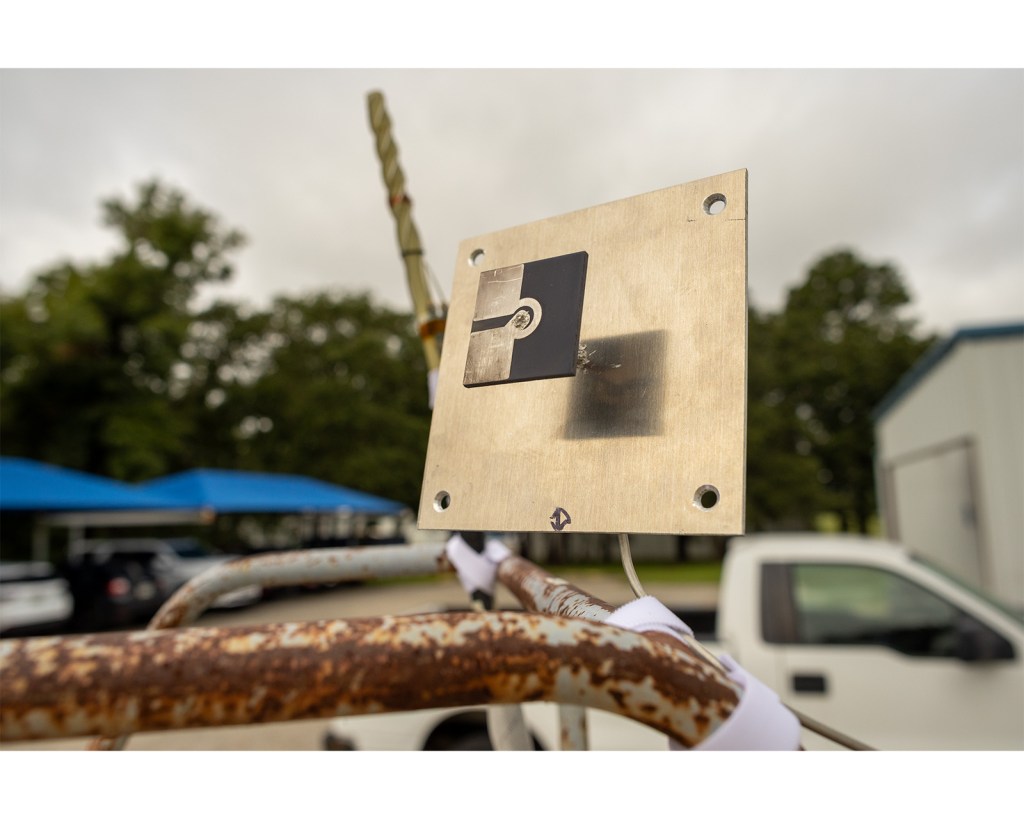
Outline of the guitar shape in the X-ray and optical image
The guitar shape in the “Guitar Nebula” comes from bubbles blown by particles ejected from the pulsar through a steady wind as it moves through space. Images from Chandra taken in 2000, 2006, 2012 and 2021 have been combined with a single image in optical light from Palomar. X-rays from Chandra show a filament of energetic matter and antimatter particles, about two light-years long, blasting away from the pulsar (seen as the bright white dot). The movie shows how this filament has changed over two decades. An inset shows a closeup of the “guitar head” from NASA’s Hubble Space Telescope also changing over time from 1994-2021.
Image Credit: X-ray: NASA/CXC/Stanford Univ./M. de Vries et al.; Optical: (Hubble) NASA/ESA/STScI and (Palomar) Hale Telescope/Palomar/CalTech; Image Processing: NASA/CXC/SAO/L. Frattare
- X
https://www.nasa.gov/image-detail/guitar-2/
Image CreditX-ray: NASA/CXC/Stanford Univ./M. de Vries et al.; Optical: (Hubble) NASA/ESA/STScI and (Palomar) Hale Telescope/Palomar/CalTech; Image Processing: NASA/CXC/SAO/L. Frattare
Size3580x2870px

